I have never designed a laser device, but I have tried to read extensively on them. I'm aware of the different classes of lasers, and the dangers associated with them. For instance, I know about the requirement for an interlock that shuts down the emitter whenever the case is opened. I know class 2 lasers must be visible so that they instigate the "blink reflex". I know the diodes need a lot of protection, from overvoltage, overcurrent, ESD, and so forth. They need regulated current and closed-loop feedback to maintain constant optical power.
My questions are:
1) Is it really as simple as grabbing a laser drive chip and a three-terminal diode from digikey and hooking them up according to the datasheet? Should the laser drive chip be able to handle all protection mechanisms necessary, or is there typically another device that's needed to handle some other form of protection?
2) Is there a central regulatory body that does any testing to determine what class of laser you have, and whether your product follows all the necessary regulations?
3) Are there any known issues using lasers with 1mm core plastic optical fiber? I know that POF has very different transmission windows vs. glass fiber, and I know that one of these optimal windows is 650nm. Would the beam stay narrow inside the fiber, or would it begin to disperse? Would it still be coherent and collimated after going through, say, 15 meters of POF?
For additional application information, know that I don't actually need coherent or collimated light (in terms of safety it's probably better if it wasn't coherent or collimated). Rather, what I need is a very powerful bulk light source (1 mW or better). The light source must be able to turn on and off, but it doesn't need to be modulated and the source itself will not encode any information. Thus, if there is perhaps some other device that can provide 1 mW into POF I will be very willing to investigate it, but at this point I am investigating the laser approach, because it seems like most LEDs aren't even capable of 500 uW.

